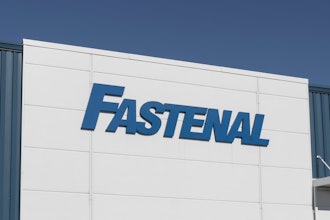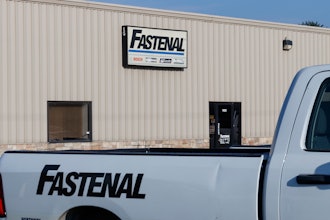
Our research at Tom Reilly Training shows that only 36 percent of salespeople believe they offer buyers a compelling reason to choose their solution over the competition. Where’s the confidence? If you’re not convinced of your value-added solution, how can you convince the prospect?
One way to boost your confidence is preparation. In one of our seminars, we outlined a selling scenario and asked salespeople how they felt about making the call. On a ten-point scale (with ten indicating a high desire to call and one a low desire), the average score was four. After only a 10-minute preparation and planning exercise, the average score jumped to seven. Their confidence level had almost doubled.
Confidences sells. Ask yourself the following questions to help you bolster your confidence in selling your value-added solution.
What is the compelling need for your solution?
Value-Added Selling is a needs-satisfaction model of selling. Hence, without a need there can be no value-added solution. Before any presentation, remind the buyer of the compelling need for your solution. This can be a problem you solve, a challenge you’re helping them overcome, or some goal that you can help the buyer achieve. Spend a few minutes discussing the buyer’s needs and then have them validate the information. By validating the information, the buyer is more aware of their needs.
How can I personalize the message?
Canned presentations are unconvincing. Buyers want to believe that your value-added solution is customized to meet their specific needs. Identify buyer buzzwords of value and use that information in your presentation. Make your proposal look and feel like an internal document. Use their company’s preferred font, use their logo, and plaster their company name all over the presentation. If the message is personalized, it’s easier to transfer ownership to the buyer.
How can I satisfy the buyer’s long-term needs?
In a recent survey, we asked buyers how salespeople can add more value. Buyers indicated that they want salespeople to provide more meaningful insight early in the buying process and more post-sale support. Buyers have long-term needs that extend beyond a mere transaction. In your presentation, detail how you satisfy those needs by answering these three questions:
- How will you support the buyer before the sale?
- How will you ensure a smooth and seamless transition?
- How will you support the buyer after the sale?
How can I enlarge the buyer’s mind?
Some buyers believe they have simple needs. If buyers have simple needs, then any solution will do. If you’re going to convince the buyer of your value added, the buyer has to think bigger. Answer these three questions to help the buyer think bigger:
- Why should they buy our products and services?
- Why should they buy from my company?
- Why should they buy from me?
Our research shows that the salesperson represents 25 percent of the total value. Explain how you will personally deliver on that 25 percent.
How can I prove our value?
Buyers value proof more than opinion. Proof will boost your buyer’s confidence. Presenting your value without proof is presenting your opinion, not facts. Provide the buyer with the proof they need to feel confident in your value-added solution. Here are three proof sources that will boost your buyer’s confidence in your solution.
- Testimonials and customer case studies
- Third party tests and reports
- Your warranty or guarantee
 Paul Reilly, President of Reilly Sales Training and Tom Reilly Training
Paul Reilly, President of Reilly Sales Training and Tom Reilly TrainingIf you are not confident in your value-added solution, how could you expect the buyer to be? Before your next sales presentation, ask yourself these five questions. Preparedness breeds confidence. Our research shows that a simple 10-minute planning exercise would almost double your confidence. What if you were twice as confident going into your next sales presentation?
Paul Reilly is president of Reilly Sales Training and Tom Reilly Training, both being St. Louis-based, privately-owned companies that specializes in training sales professionals, sales managers and service professionals. Call Paul at 636-778-0175 or email [email protected].






















